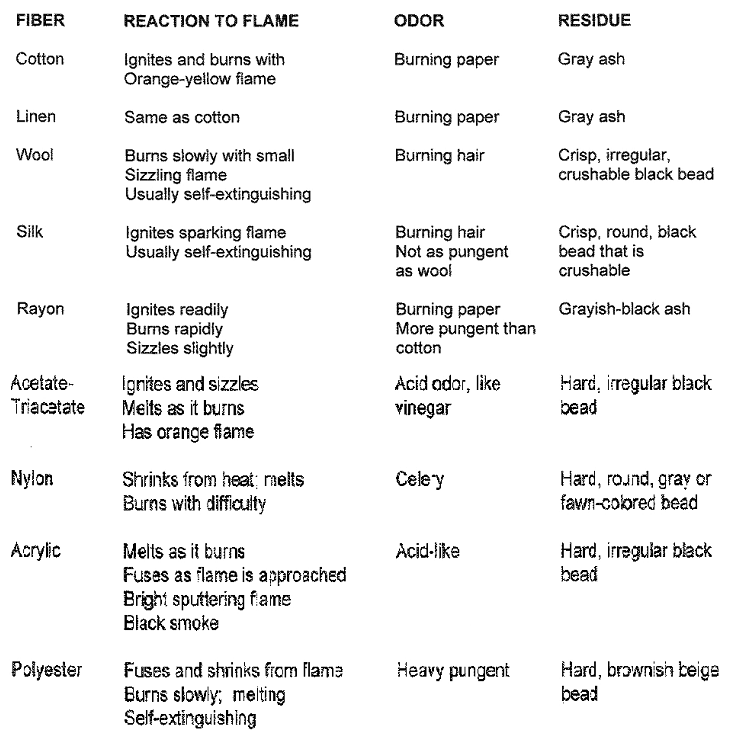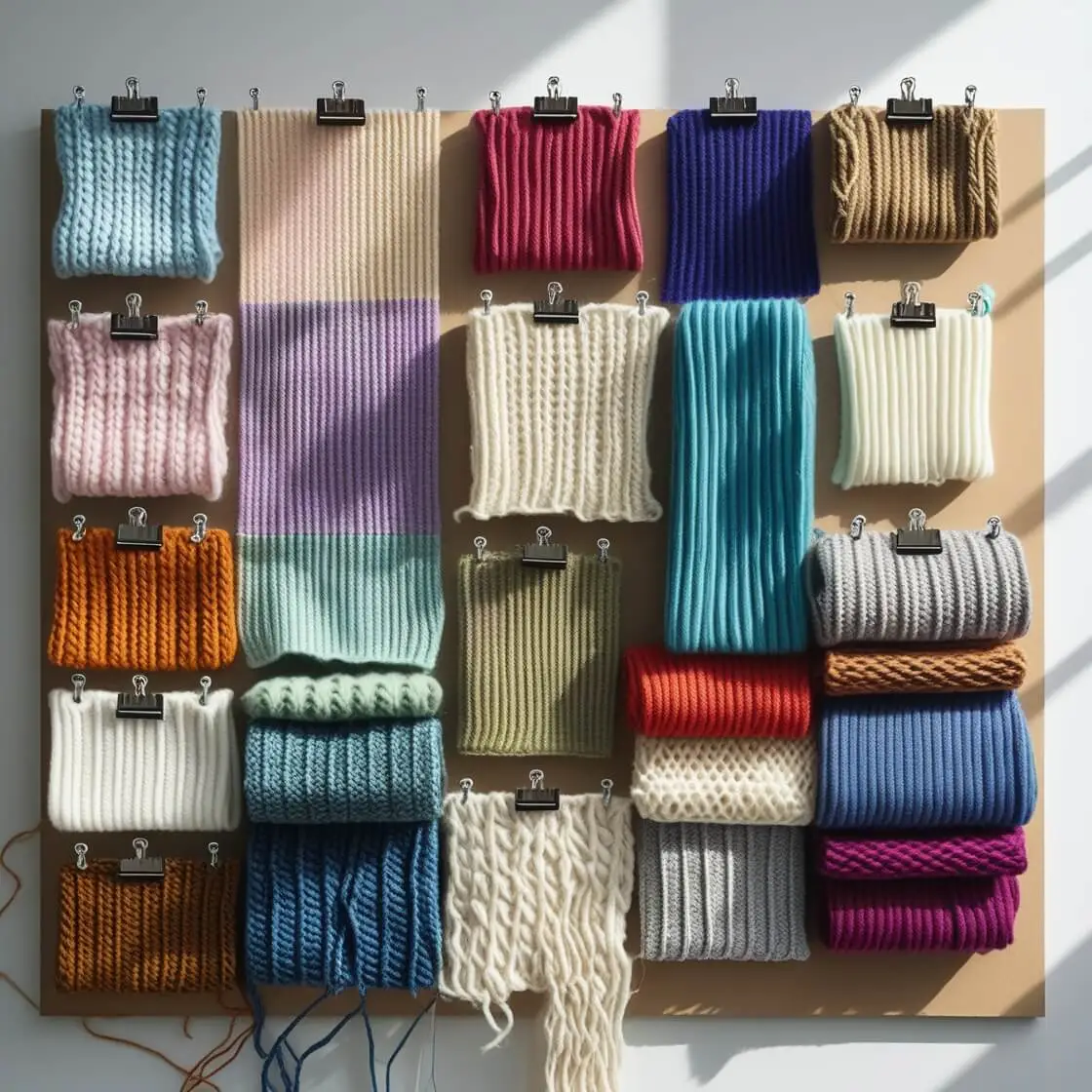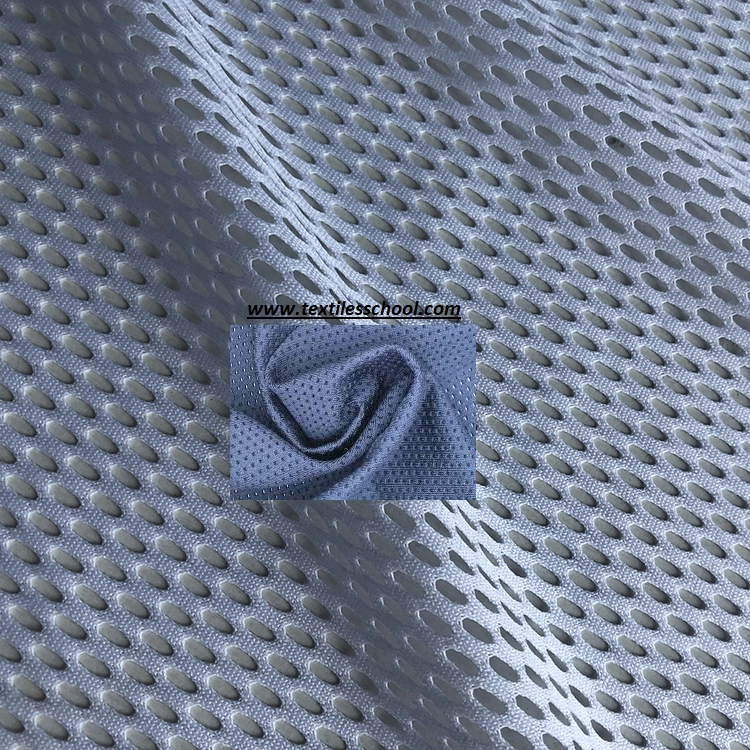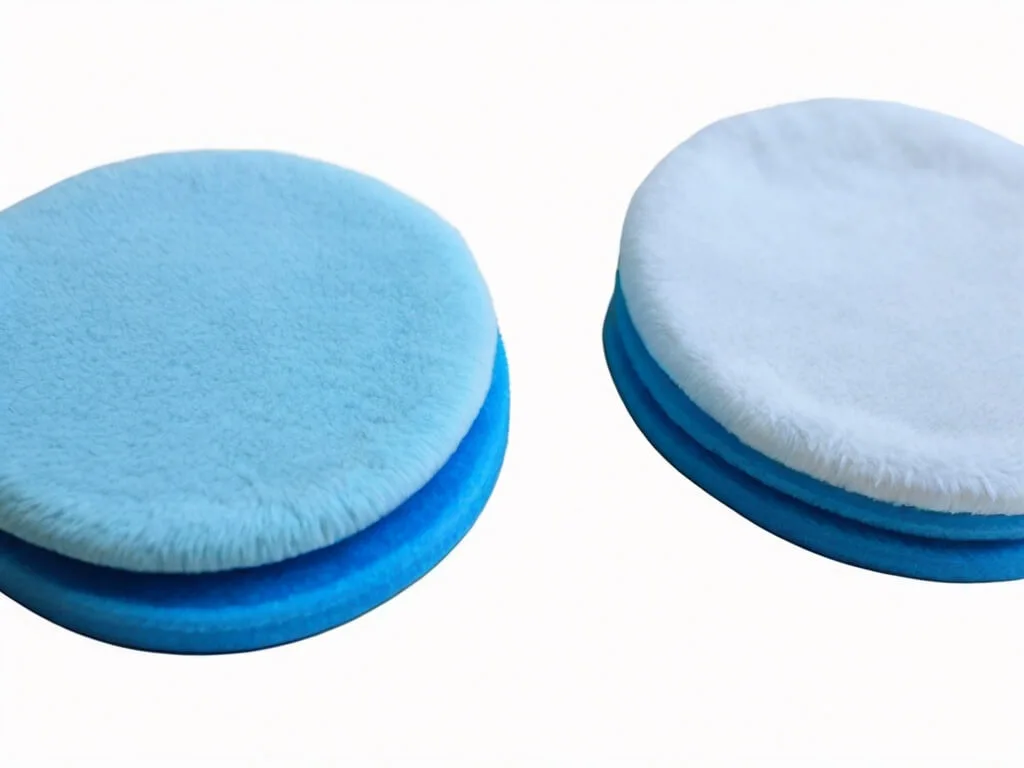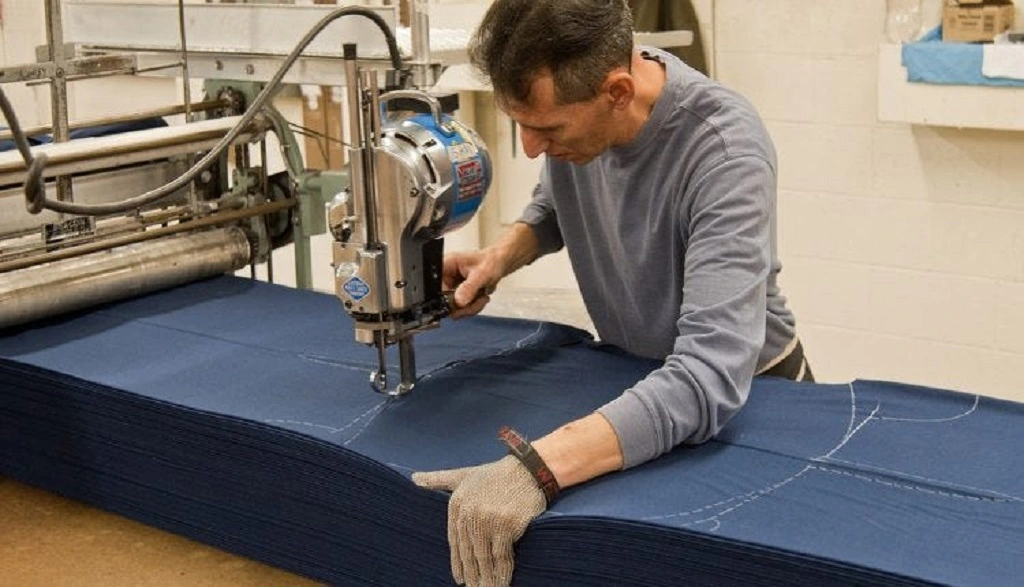How to do a Burn Test Fabric
Consider if you are at the first stage of fabric sourcing or some found mystery of fabric. Or you might have trouble identifying fiber content in a polyester or viscose fabric. The burn fiber test is the most accurate for identifying fiber content and is also, really wonderful at home. Also, useful for the sourcing team, who continuously trying to verify fiber composition from dead stock suppliers. However, it is a great skill to learn and sometimes possible to verify the fabric label or clothing printed on the fabric.
In this article, you will find out what a burn fiber test is, where the burn test fabric comes in, and why it is important to identify fabric fiber, different fibers burn differently. How to conduct a burn test to identify the fiber which is in fabric made.
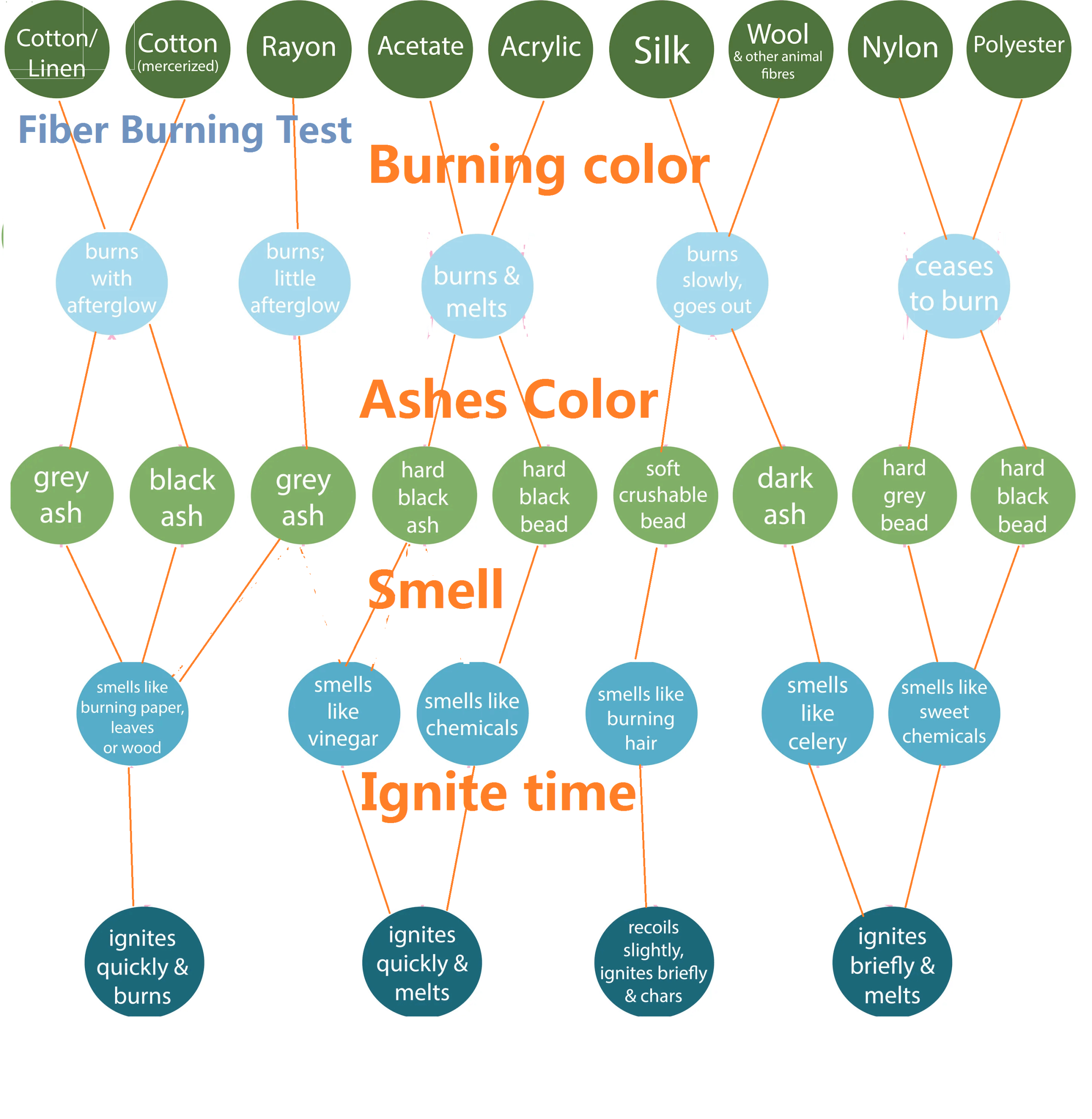
Why is identifying fabric fiber important?
Save sourcing leap time
It can aid communication with the supplier when you know the exact fabric content. For example, polyester is a quick drying and can be suitable for any type of printing. However, Nylon is softer as compared to polyester may be a bad choice for fabric digital printing. Also, Cotton due to its cellulosic fibrous structure can be a good choice for dying. It totally depends upon fabric composition so you should know.
Price Effect on Fabric Content
If you are purchasing the fabric from dead stock or any source where you don’t know the fiber composition, you cannot estimate its pricing. First, you need to know what kind of fiber is in the fabric then you can get a clear price idea.
You’re Getting True or Not
When you don’t know how to identify fiber composition you are blind. Suppliers can get an advantage due to your inexperience. So you are blind and depend upon words or labels on garments. However if simply elaborate change in specification can affect overall garments design.
What is a Fabric Burn Test?
Different fabrics burn differently according to their composition, Cellulose fiber, Animal fiber, and Synthetic fiber respond differently to flame. You can analyze how they respond to a flame. The type of ashes, burn smell, and burning color will identify specific types of fiber in a fabric. You can perform tests at home and can use a reference guide to understand fiber content, but be careful and use good common sense ( fire is dangerous).
How to Conduct the Fabric Burn Test
Before going into the burn fiber test we need the following supplies to conduct it. We don’t recommend the whole fabric swatch. Also, there may be more than one kind of fiber in it. There fore result may you misleading. So we need to extract the fiber or yarn from the fabric.
- Cut the fabric swatch 3-4 cm in square length.
- Extract the fiber or yarn from the fabric piece to which the fiber burning test should be performed.
- Separate the fiber or yarn which looks different from each other. Twist them to get a small ball
- Use the tweezers to hold from one end of the. Light the lighter with the other hand.
- Put the fiber ball to ignite the ball
- Pay attention to the flame when moving towards fibers, during burning, and after burning. Also, note the smell of burning and residue. Pay attention to the following detailed questions:
- How does it smell when it burns?
- What is the burning and ashes color?
- How does it react to the fire (does it start curling up or burn immediately)
- Does it turn to ashes or burn?
- What is his smoke color?
- What behavior does it show when you pull it from the flame, or it burns or the flame gets out.?
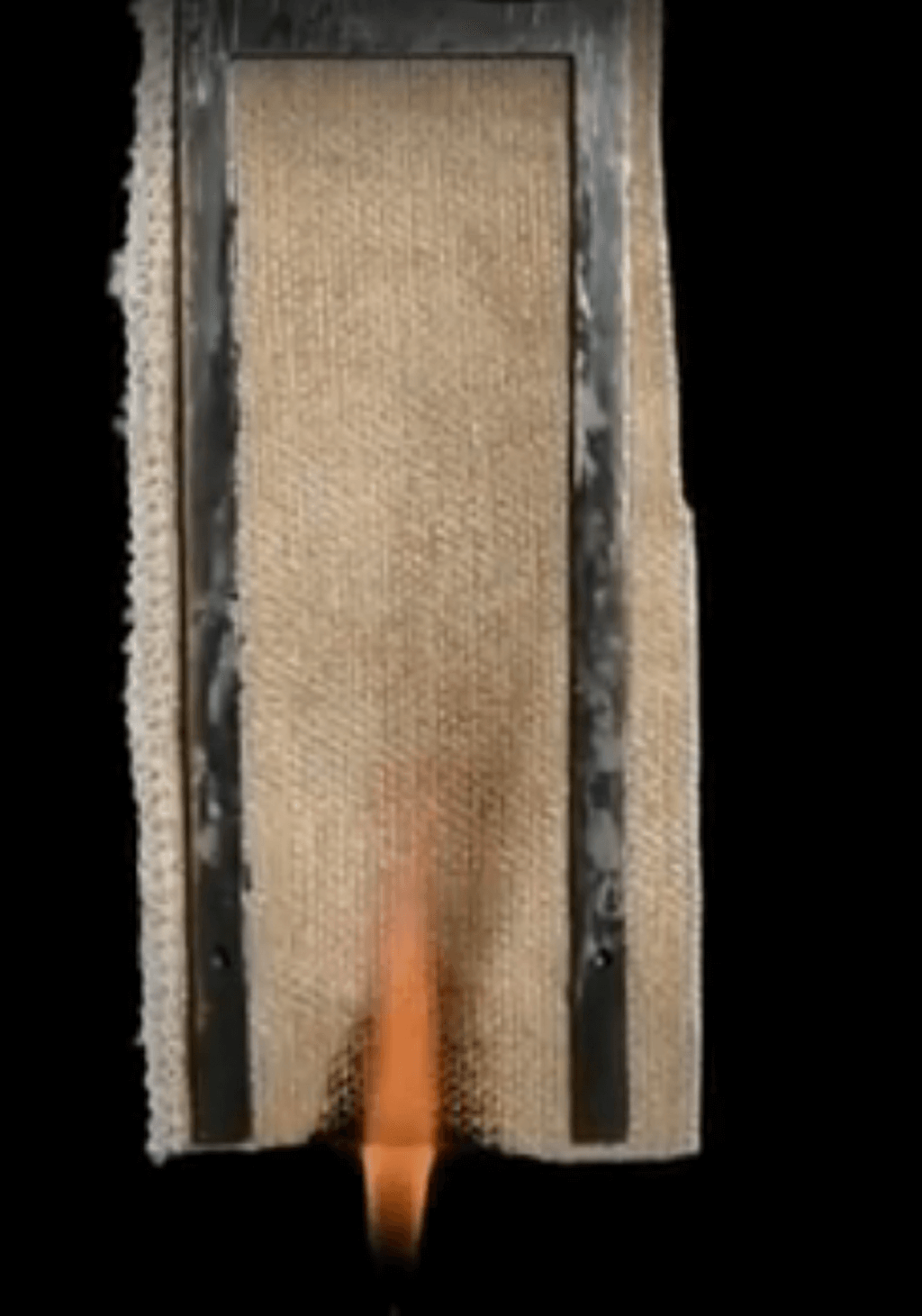
Fabric Burn Test Results
Once you gathered information about the burning of fiber balls you can conclude what kind of fabric is. Fabric tends to fall into three categories Animal fiber ( such as wool and silk etc.) Synthetic fiber(such as polyester, nylon, and acrylic) Cellulose fiber (such as cotton, viscose, linen, etc.)
Silk and Wool
Animal fibers are protein-based fibers, they catch fire slowly but burn for a long time once removed from the flame. There smell is burn hair smell. The animal fiber tends to beads up, but these beads can crush easily when touched.
Polyester
Polyester shrinks quickly when approaches to flame. It will burn and melt slowly Polyester smoke will be black and after removing the flame it will not continue to burn., Its odor will be like plastic burning a chemical odor. The residue will be black beads with round and hard forms.
Nylon
Nylon fiber or fabric shrinks quickly when approaches flame. It will burn and melt slowly. Nylon will show small bubbles when burning. It will be smoke black and after removing the flame it will not continue to burn. It will have a chemical odor, celery-like. The residue will be black beads with round and hard forms.
Acrylic
Acrylic shrinks quickly when approaches flame. The flame will sputter and the smoke will be black. However, after removing the fire flame in the fiber burn test, the fiber will continue to burn. Acrylic The ash will be yellow-brown, in color, regular shape, and hard.
Vegetable or Cellulose Fibers
Cotton
In the burning test of cotton fibers, it burns quickly, its flame is round, yellow in color, and calm. Cotton smoke is white, after removing the flame it continues to burn itself. Its odor is like the burning of paper, with ashes dark gray. The cotton burn ashes can crushed easily
Rayan
Rayan burns quickly, its flame is round, yellow in color, and calm. It has no smoke, after removing the flame it continues to burn itself. Its odor is like the burning of paper, with not much ashes. The ashes do not have much residue and will be light gray.
Fabric Blends
Fabric blends( fabric made of more than one type of fiber) are a little harder to identify. But when you observe closely you can get an idea of the content of the blend. For example, you observed superwash wool burn similar to wool but pay attention to its ashes. Superwash wool burns with curls inward and slightly melted. You know the wool fabric is blended with synthetic fiber to make suitable machine wash.
Polyester blended with cotton can also be identified with a burn fiber test. Cotton-poly turned black powder ashes with a chemical smell along with a burning paper smell as you know looking for cotton.
